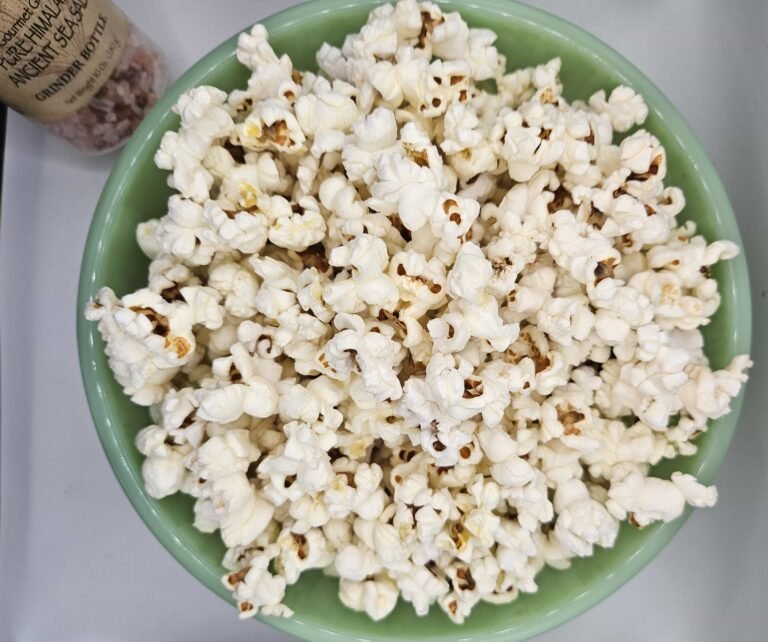A Harvard psychology professor, Dr. Anne Fishel, just released a book called Home for Dinner[1] where she gives tips on creating fun family dinners and discusses research that shows shared meals increase resiliency and self-esteem in children along with providing better nutrition and a healthier relationship to food, for example, reducing the risk eating disorders.
Adolescents who eat family meals 5-7 times a week are twice as likely to get A’s in school as those who eat dinner with their families fewer than two times a week.[2] Frequent family meals have also been related to a decreases in kids’ substance use, sexual intercourse, depression and suicide. And regular mealtime is an even more powerful predictor of high achievement scores than time spent in school, doing homework, playing sports or doing art.[3] Incidentally, benefits go away if the television is on during dinner.
She provides recipes for simple dishes like a breakfast parfait to ethnic additions like challah bread, and tips on how to stimulate intelligent conversations. For example instead of asking a question that can be answered with a yes or no and doesn’t show any previous knowledge about the person (Did you have a good day?) ask, “I know you had your first music class, what did you do in it?” This advice isn’t just for kids, by the way.
Dr. Fishel is a co-founder of the non-profit Family Dinner Project that promotes conversation, food, and other ideas to get families (of two or more) together around the dinner table. Their website offers a 4-week program to get family dinners back on track. It never hurts to have another resource for ideas!

[1] Home for Dinner: Mixing Food, Fun, and Conversation for a Happier Family and Healthier Kids, by Dr. Anne K. Fishel and Michael Thompson Ph.D., AMACOM, January 7, 2015.
[2] “The Importance of Family Dinners IV,” The National Center on Addiction and Substance Abuse at Columbia University, September 2007.
[3] “Mealtime talk that supports literacy development,” C Snow, D Beals, New Directions for Child and Adolescent Development, March 13, 2006.





